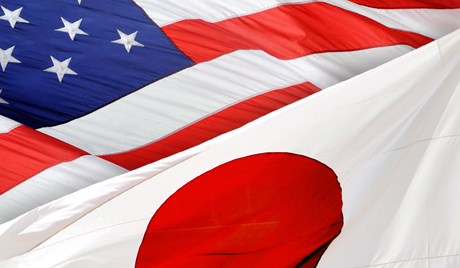In 1990, Japan controlled almost half of the semiconductor market, whose turnover then did not exceed $38 billion at current prices. Now the share of this country has decreased to 10%, but the market turnover has increased at least tenfold. Both the USA and Japan may try to master advanced lithography without the participation of Taiwan, on which they are now heavily dependent in this area.
The current management of TSMC turned out to be favorable to the idea of localization of contract production of semiconductor components in the USA and Japan. In the first case, a TSMC enterprise capable of producing 5-nm products should be built on the territory of Arizona by 2024. In the second case, a joint venture with Sony and Denso will be established in Japan in a comparable time, which will produce a range of specific products requiring lithographic technology from 28 to 12 nm inclusive.
It turns out that by the time of its launch, new TSMC enterprises outside Taiwan will not use the most advanced lithography. At the same time, the US and Japanese authorities are interested in reducing or even eliminating the technological gap from Taiwan in the field of lithography. As Nikkei Asian Review explains, the two countries will combine their efforts in this area to jointly master 2-nm and more advanced technological processes. At least, the relevant negotiations will be conducted by the heads of the relevant ministries of the United States and Japan.
Such an alliance has its own rational basis. In the USA, IBM continues to develop advanced technological processes, in May last year it demonstrated a prototype of a 2-nm memory cell, but with the introduction of technology in mass production, someone should help the "blue giant". There are many specialists in Japan both in lithographic equipment and in materials for printing microcircuits. The partners will not forget about the development of advanced layout methods that allow combining dissimilar crystals and arranging them in several tiers. It remains to be hoped that the American and Japanese authorities will not skimp on financing the relevant developments, because even the founder of TSMC in his assessments of such US activities has repeatedly noted that it will take many years and hundreds of billions of dollars for the country's authorities to eliminate the technological gap.

